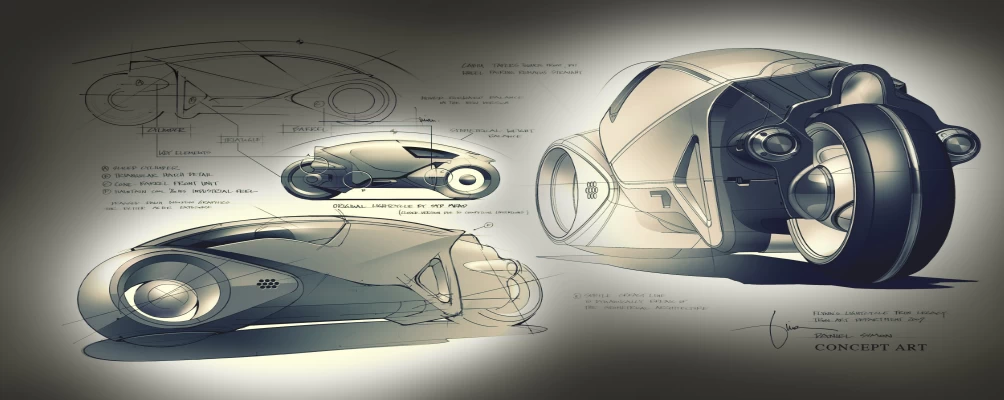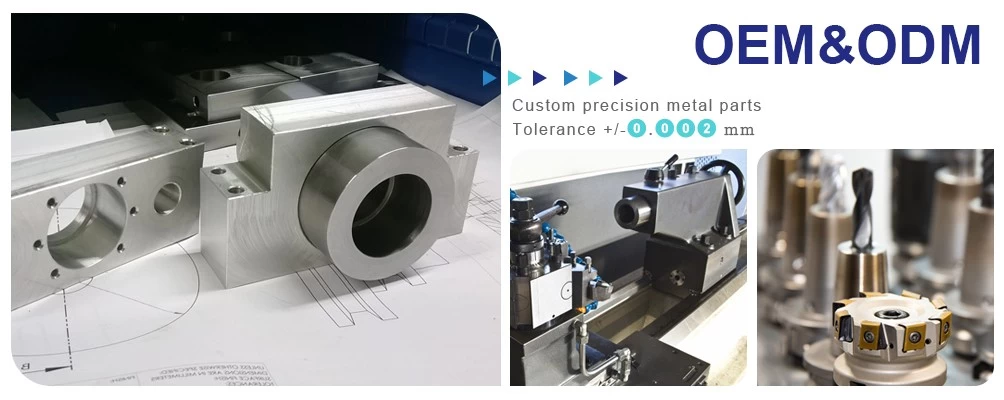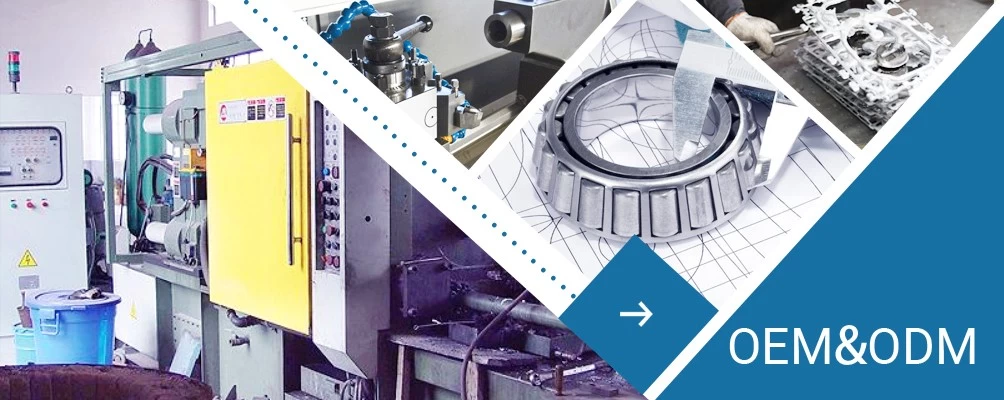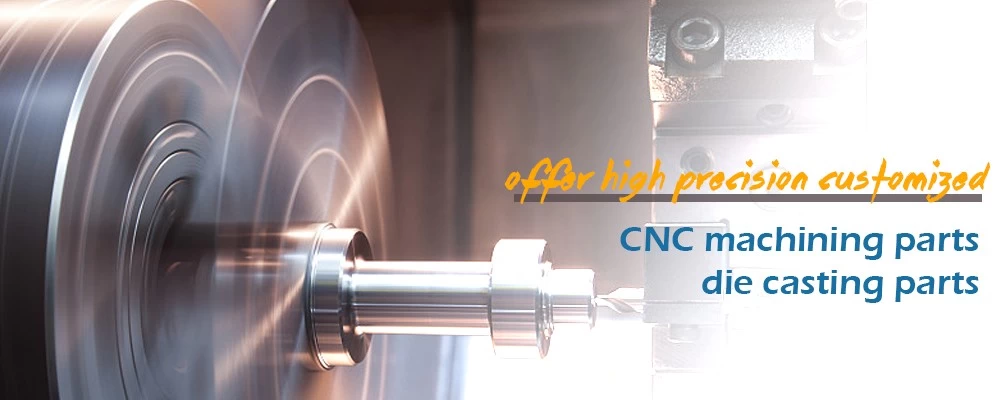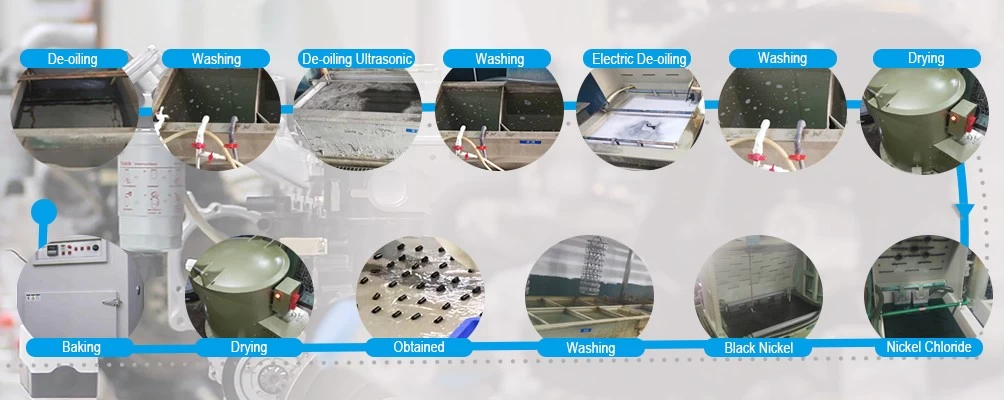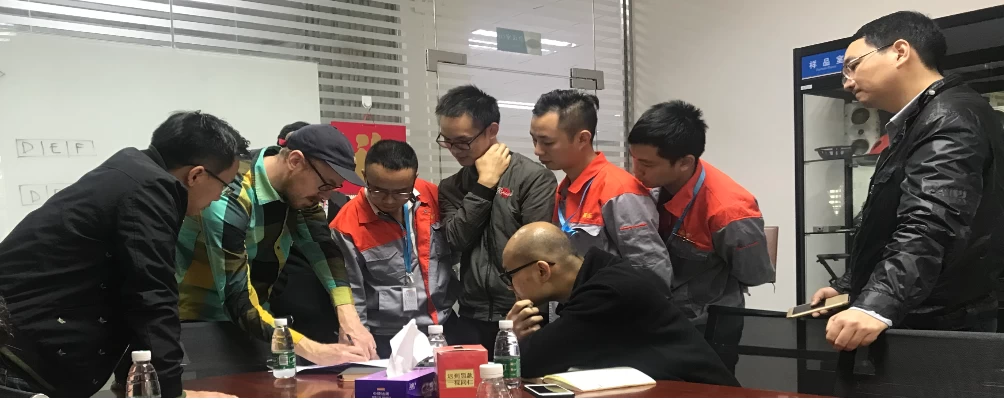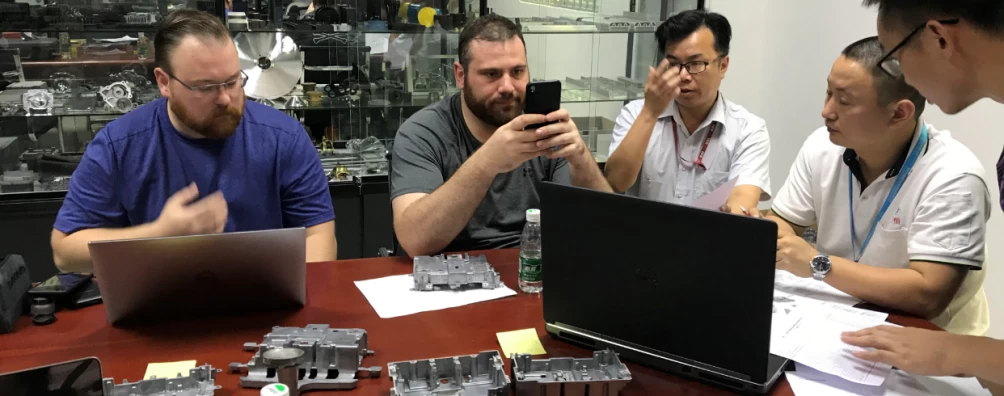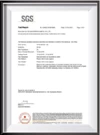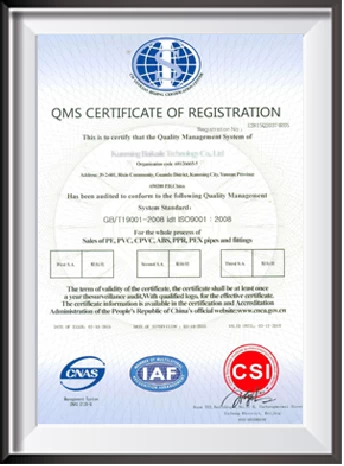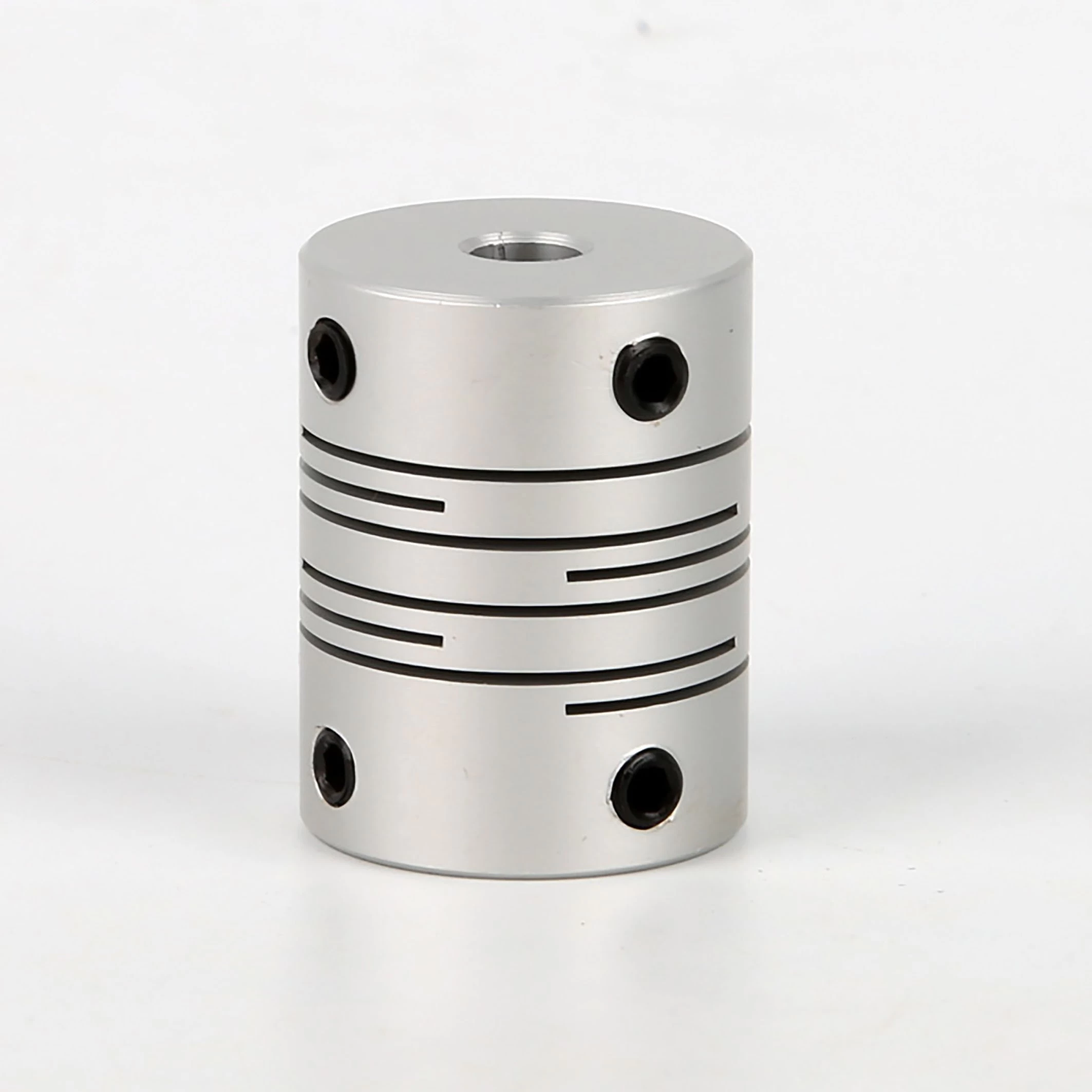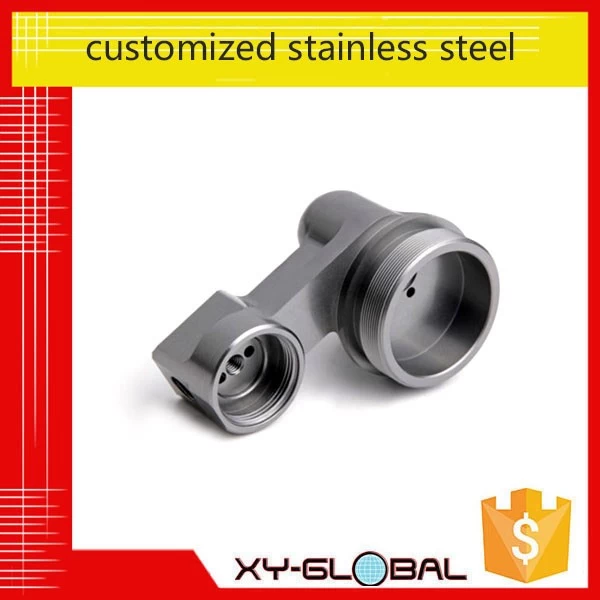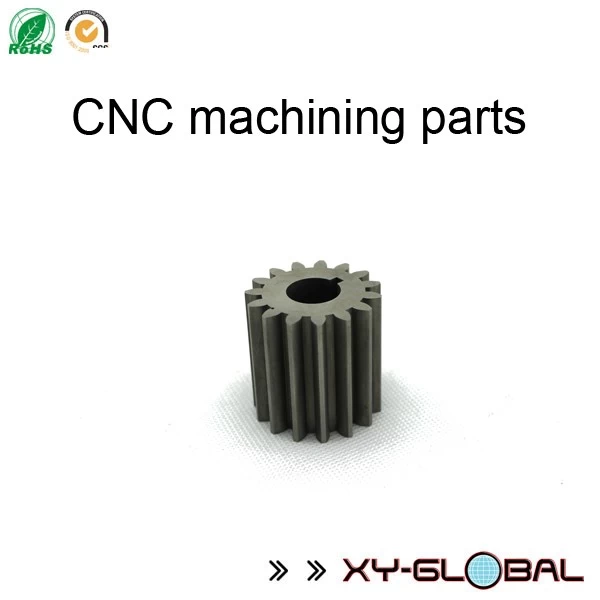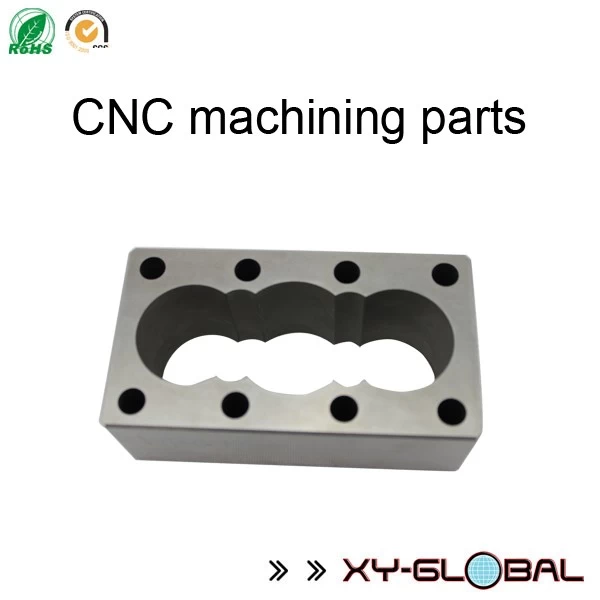The cause of die burst during the use of stamping die steel
liuweiqiong
liuweiqiong
2017-09-15 18:57:51
As the stamping process is different, the working conditions are different, the cause of the mold burst is manifold. Below on the die design, manufacture and use of comprehensive analysis of the cause of the mold burst, and make corresponding improvement measures.
1. the mold material is not good, easy to break in subsequent processing
Different material mold life is often different. For this reason, two basic requirements are put forward for the working parts and materials of dies:
(1) the use of materials should be of high hardness and strength, with high wear resistance and sufficient toughness, with certain thermal hardness;

2. heat treatment: quenching and tempering process is improper, resulting in deformation
Practice has proved that the quality of the hot working die has great influence on the performance and service life of the mold. From the analysis and statistics of the die failure, it is known that the die failure caused by improper heat treatment is about 40% of the accidents.
3., mold grinding flatness is not enough, resulting in deflection
The surface quality of the mold work parts quality is closely related to the mold wear resistance, fracture resistance and anti adhesion ability, directly affect the service life of the mold, especially the surface roughness effect on the die life is great.
4. design process
Die strength is not enough, the distance is too near, the mold structure is not reasonable, the template number is not enough, without stepping plate mold oriented, not unreasonable gap.

5. wire cutting process
Artificial line cutting, line gap treatment is not correct, did not make clear angle and line cut metamorphic layer influence.
6. selection of punch press equipment
Punch tonnage, punching force is not enough, the mold is too deep.
7. stamping process
Stamping parts of raw materials, thickness tolerance, excess, material performance fluctuations, poor surface quality, or not clean, etc., will cause the mold work parts wear increased, easy to collapse, edge and other adverse consequences.
8. proper use and reasonable maintenance of production operations.
1. the mold material is not good, easy to break in subsequent processing
Different material mold life is often different. For this reason, two basic requirements are put forward for the working parts and materials of dies:
(1) the use of materials should be of high hardness and strength, with high wear resistance and sufficient toughness, with certain thermal hardness;
(2) good technical properties.

2. heat treatment: quenching and tempering process is improper, resulting in deformation
Practice has proved that the quality of the hot working die has great influence on the performance and service life of the mold. From the analysis and statistics of the die failure, it is known that the die failure caused by improper heat treatment is about 40% of the accidents.
3., mold grinding flatness is not enough, resulting in deflection
The surface quality of the mold work parts quality is closely related to the mold wear resistance, fracture resistance and anti adhesion ability, directly affect the service life of the mold, especially the surface roughness effect on the die life is great.
4. design process
Die strength is not enough, the distance is too near, the mold structure is not reasonable, the template number is not enough, without stepping plate mold oriented, not unreasonable gap.

5. wire cutting process
Artificial line cutting, line gap treatment is not correct, did not make clear angle and line cut metamorphic layer influence.
6. selection of punch press equipment
Punch tonnage, punching force is not enough, the mold is too deep.
7. stamping process
Stamping parts of raw materials, thickness tolerance, excess, material performance fluctuations, poor surface quality, or not clean, etc., will cause the mold work parts wear increased, easy to collapse, edge and other adverse consequences.
8. proper use and reasonable maintenance of production operations.

